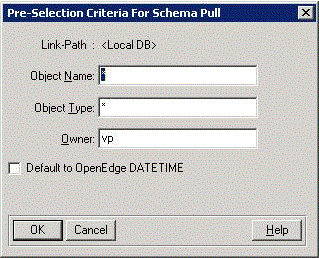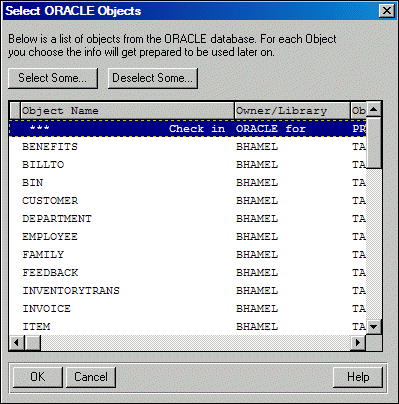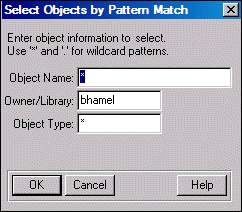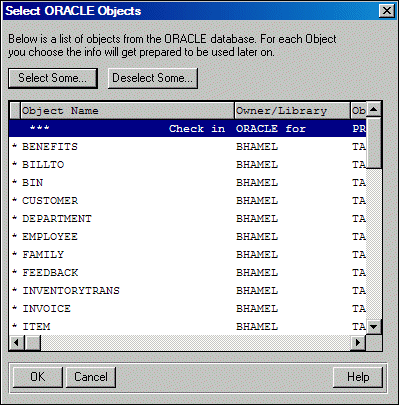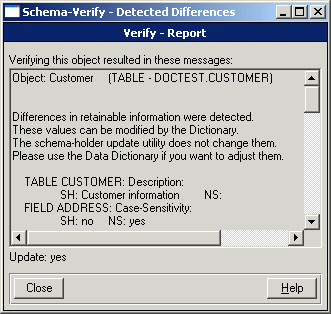|
Database object
|
Difference
|
Category
|
|
Table
|
Description
|
Retained
|
|
Table
|
Foreign type
|
Severe
|
|
Table
|
Name in OpenEdge
|
Retained
|
|
Table
|
Package name
|
Severe
|
|
Table
|
ROWID index
|
Retained
|
|
Index
|
Active
|
Minor
|
|
Index
|
Description
|
Retained
|
|
Index
|
Name in OpenEdge
|
Retained
|
|
Index
|
Unique
|
Retained1
|
|
Index field
|
Abbreviated
|
Minor
|
|
Index field
|
Ascending
|
Severe
|
|
Index field
|
Order
|
Severe
|
|
Field
|
Case-sensitivity
|
Retained
|
|
Field
|
Decimals
|
Retained2
|
|
Field
|
Description
|
Retained
|
|
Field
|
Extent
|
Severe
|
|
Field
|
Initial value
|
Retained3
|
|
Field
|
Mandatory
|
Retained
|
|
Field
|
Name in OpenEdge
|
Retained
|
|
Field
|
Order
|
Retained
|
|
Field
|
OpenEdge data type
|
Retained
|
|
Field
|
OpenEdge format
|
Retained4
|
|
Field
|
Shadow-column Name
|
Severe
|
